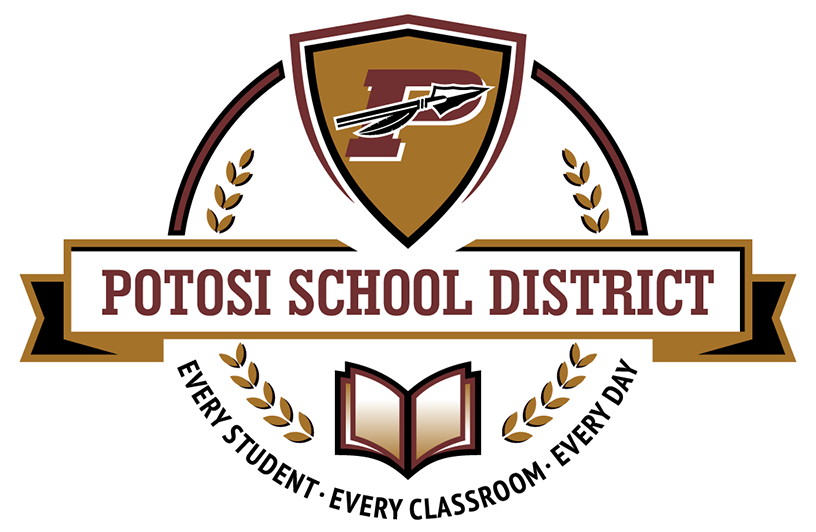COVID-19 caused various nationwide changes to occur; few were positive, but one positive was free school meals. Starting in 2020, Congress gave schools waivers to provide free meals to every student, regardless of income. Jennifer Wagner, the Food Service Director at Potosi High School, had to adjust her entire program based on this decision made by Congress.
Wagner explained how she adjusted during those times. When asked if there were restrictions/guidelines she had to follow in order for all meals to be free, Wagner answered, “All meals had to be reimbursable so when coming through the lunch line, students had to take half a cup of fruit and/or vegetables for their meal to be free.” Although that may seem like a tiny adjustment, it was difficult in the spectrum of meal preparation.
Many schools had to change their meal prep due to the fact that manufacturers didn’t have the items needed. Wagner said, “It was sometimes challenging because when COVID shut down all the companies, there wasn’t packaging or they weren’t producing stuff… so there were countless times when we didn’t receive the items, mainly the fruits and vegetables we ordered.” As mentioned earlier, in order for meals to be free, students needed at least half a cup of fruits and/or vegetables, so it was often frustrating when such essential items didn’t arrive.
Research shows that free school meals did in fact have a lot of benefits, including reducing food insecurity, obesity rates, and poor health, according to 19thnew.org. Wagner also stated, “There was an increase in students utilizing the free meals, especially at breakfast.” Free meals for all students also meant that schools didn’t have to work to collect lunch debt from families who have not provided their children with enough money to cover meal costs.
Pandemic-era waivers that made universal free school lunch a reality over the past two years have expired, and this fall, students once again have to qualify for free or reduced meals based on need. Wagner, along with many others, believes that universal free school meals should still be around, and simply states, “Kids just need to be fed [for] free.” USDA leaders wanted to extend the policy into this school year, but it was rejected by federal lawmakers, leaving schools back where they were before the pandemic.
However, not all hope is lost for struggling families. President Biden passed a new law, the Keep Kids Fed Act, which extends some of the waivers, but not the most important one, the one that made school breakfasts and lunches free to all students regardless of their families' incomes. “By extending some of the dozens of child nutrition waivers Congress gave the authority to issue at the start of the pandemic, it enables summer meal program providers to operate with more flexibility and help schools cope with supply chain interruptions and labor shortages,” according to nbcnews.com. Most importantly, this new law helps provide relief to those families that are on the edge.
The whole school meal situation is still in transition in some ways because of the pandemic's effects. Since the program was so successful, there is a lot of support around it, so just because students are currently paying for their meals does not mean it's a completely permanent situation.
